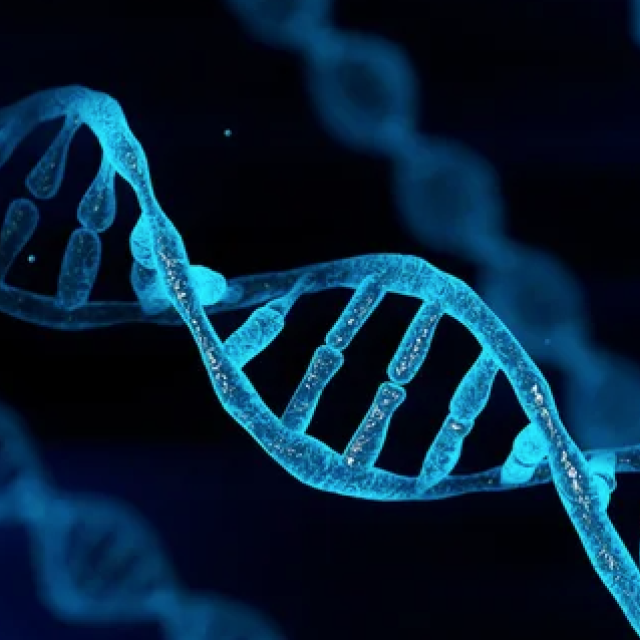Genes and Mutations:
The human body has about 25,000 individual genes. So far, more than 20 have been linked to monogenic diabetes. An error in any one of these genes can cause a child or adult to develop monogenic diabetes, and it can be passed on in the family.
A gene is a strand of DNA (deoxyribonucleic acid) – essentially a long “ladder” of nucleotide “letters” that are the code or blueprint for proteins that do all the work in all the cells of the body. Genes contain information to pass traits from parents to their children. If a genetic error occurs, it causes a change in the protein sequence – that is, some of the “rungs” get out of order. This is known as a mutation.
Scientists do not yet understand exactly why genetic mutations occur. We do know that mutations can be:
- Spontaneous: occurring during fetal development in a person whose parents do not appear to carry the mutation. Spontaneous mutations can then be passed along in future generations.
- Hereditary: mutations that are passed along from parent to child


